Along with general telemedicine visits, telepsychiatry has been rising in popularity, even before the coronavirus pandemic.
Telepsychiatry lets mental health professionals provide services to those in underserved areas, support in-person clinicians, and help patients who are unable to make it to an in-person visit. Recently published data indicates that 20 percent of hospital emergency departments are using telepsychiatry services.
As more health services have shifted to telemedicine, psychiatrists and mental health professionals are also making the move, particularly when stay-at-home orders are in effect.
But to provide mental health care effectively, it’s important to follow some telepsychiatry guidelines. These guidelines will help you meet your patients’ needs while protecting their privacy.
Basic telepsychiatry guidelines
The American Psychiatric Association (APA) recognizes telepsychiatry as an effective way to provide services. However, the APA also cautions practitioners to uphold patient privacy, confidentiality, and autonomy. To do this, you’ll need to make sure you have a few things in place before and during a telepsychiatry appointment.
1. Assess the patient to make sure they’re a good candidate for telepsychiatry. Before you set up a telepsychiatry appointment with an individual patient, evaluate whether or not they’re a good candidate for telemedicine.
For example, a patient with a personality disorder who experiences a lot of emotional turmoil may be difficult to treat remotely, as acutely agitated patients often require in-person treatment.
2. Make sure you have the patient’s information. You need basic information from the patient, like medical history, insurance information, and a working phone number. Prior to a telepsychiatry appointment, you’ll also need any extra contact information like a second phone number or email address in case the patient has difficulty logging into the platform.
While you’re at it, confirm and document both of your locations so that you can make sure you’re complying with applicable laws.
3. Obtain informed consent. Many states require mental health professionals to get a patient’s informed consent, either verbally or in writing before the telepsychiatry appointment begins. These requirements can be very specific, so it’s best to check with your local jurisdiction.
4. Set up your environment. You want patients to feel as comfortable over a video conference as they do in your office. Conduct telepsychiatry appointments in a quiet, private space with good lighting so that patients can see you and feel reassured that their interaction with you is just as confidential as it would be in person.
In addition, be sure to appear professional on the screen. The way you dress and show interest in your patient will help them feel like they’re getting the same assistance from you via video as they would at an in-person office visit.
5. Use quality equipment for appointments. The beauty of technology today is that you don’t need to buy Hollywood-quality cameras and lighting. Most telemedicine conferencing software tools just require a good-quality camera, microphone, and computer or mobile device — and most of today’s tools already have these things built in.
You may want to get a webcam and a microphone. A webcam will allow you to move your computer around, if necessary, and will provide the patient with a better view of you. And a microphone can help minimize background noise.
Make sure your internet connection is stable. You need the appropriate bandwidth to use the telemedicine software. Ask your patients to check their connections before the appointment as well.
6. Choose the right software. There are a lot of telehealth software providers to choose from, including Doxy.me, VSee, and Updox. You can also use video conferencing providers like Zoom for Healthcare or Cisco Webex.
Ensure that both you and your patients can easily use the software. Also, verify that the software provider will sign a Business Associate Agreement (BAA). This step is crucial to help compliance with the Health Insurance Portability and Accountability Act (HIPAA).
7. Have a backup plan. No matter how strong your internet connection or how good your current setup is, there’s always a chance that something will go wrong. Your patient might not be able to connect, or the software may have a glitch.
Create a backup plan that will let you conduct the appointment in case of an inconvenience, and make sure your patient knows about that plan. For example, if your patient is having difficulty connecting, give them a number where they can text or call you. If the software isn’t working for some reason, consider a telephone appointment.
These telepsychiatry guidelines will help you conduct appointments remotely with patients. Even after the coronavirus pandemic passes, there will still be a demand for telemedicine services, so the time you spend setting up for it now will help you serve patients in the future.



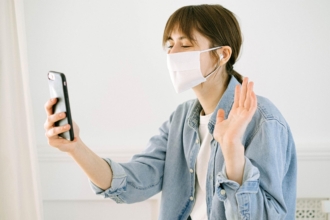
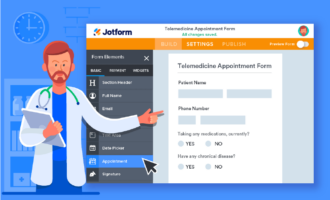






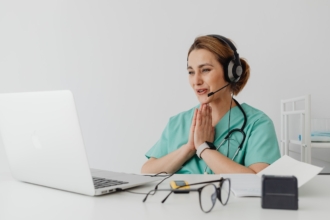




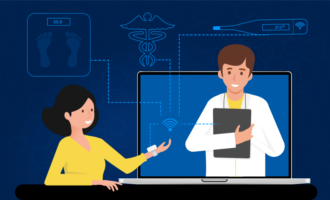







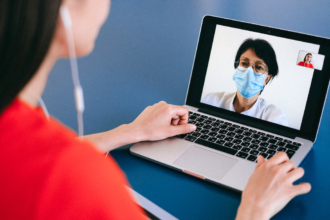
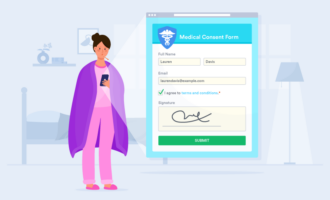
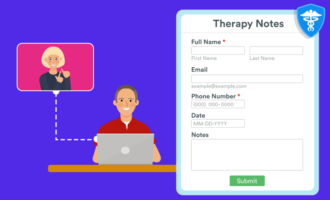
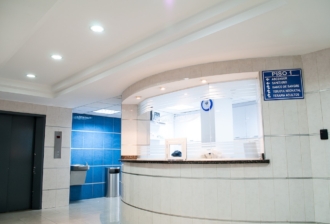


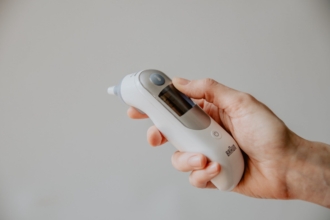

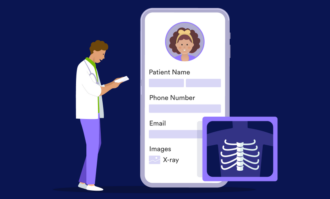




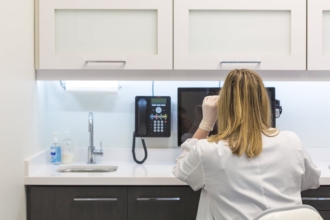





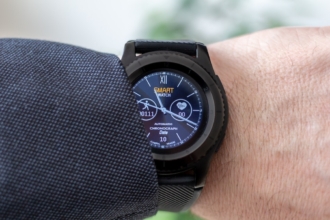

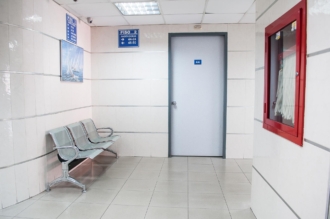


Send Comment: